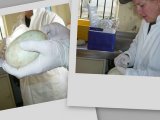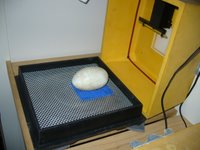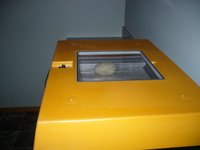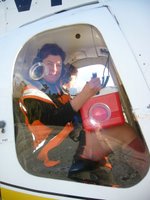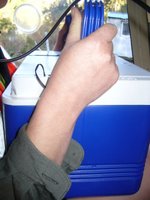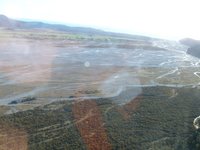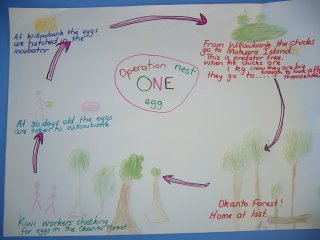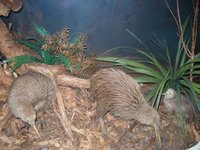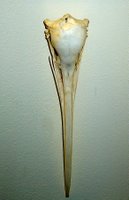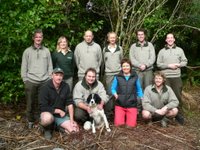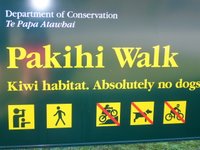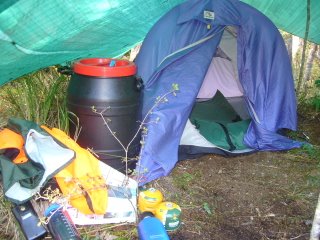 I couldn't believe my eyes when I saw this chick pipping out of it's shell! Can you estimate how old this chick is?
I couldn't believe my eyes when I saw this chick pipping out of it's shell! Can you estimate how old this chick is?Sunday, October 08, 2006
Kiwi hatching at Kiwi Encounter
 I couldn't believe my eyes when I saw this chick pipping out of it's shell! Can you estimate how old this chick is?
I couldn't believe my eyes when I saw this chick pipping out of it's shell! Can you estimate how old this chick is?Kiwi Encounter in Rotorua candling the eggs
Thursday, August 31, 2006
Duncs setting up a datalogger
Monday, August 28, 2006
What is a datalogger?
Sunday, August 20, 2006
Wash and weigh the rowi egg
Hey this rowi egg is heading to Willowbank!
After a night at Franz Josef
Wednesday, August 09, 2006
Abby is the expert on holding the eggs before they goes to Willowbank
In the helicopter taking the eggs to Franz base
The first rowi egg to go to willowbank!
Saturday, July 29, 2006
Liz kiwi worker
Tuesday, July 25, 2006
Operation Nest Egg
Monday, July 24, 2006
Kiwi display, kiwi tracks in the sand, skull of a kiwi
Wednesday, June 07, 2006
Tena korua Jo and Wendy
Monday, June 05, 2006
The Kiwi Team at Franz Josef Waiau DOC
Saturday, May 20, 2006
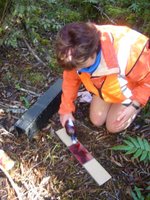 Today we are rodent monitoring.
Today we are rodent monitoring. We can estimate the numbers of rats and stoats in an area by using tracking tunnels.
Rats and stoats love to run through these tunnels especially if there is food in them.
Here I am setting up the tracking tunnel.
The pink pad in the middle has ink and there is  cardboard either end.
cardboard either end.
The rat walks through the tunnel and leaves it's footprints on the cardboard.
Peanut butter is spread on the entrance of the tunnel to attract the rats.
Friday, May 19, 2006
Subscribe to:
Posts (Atom)







